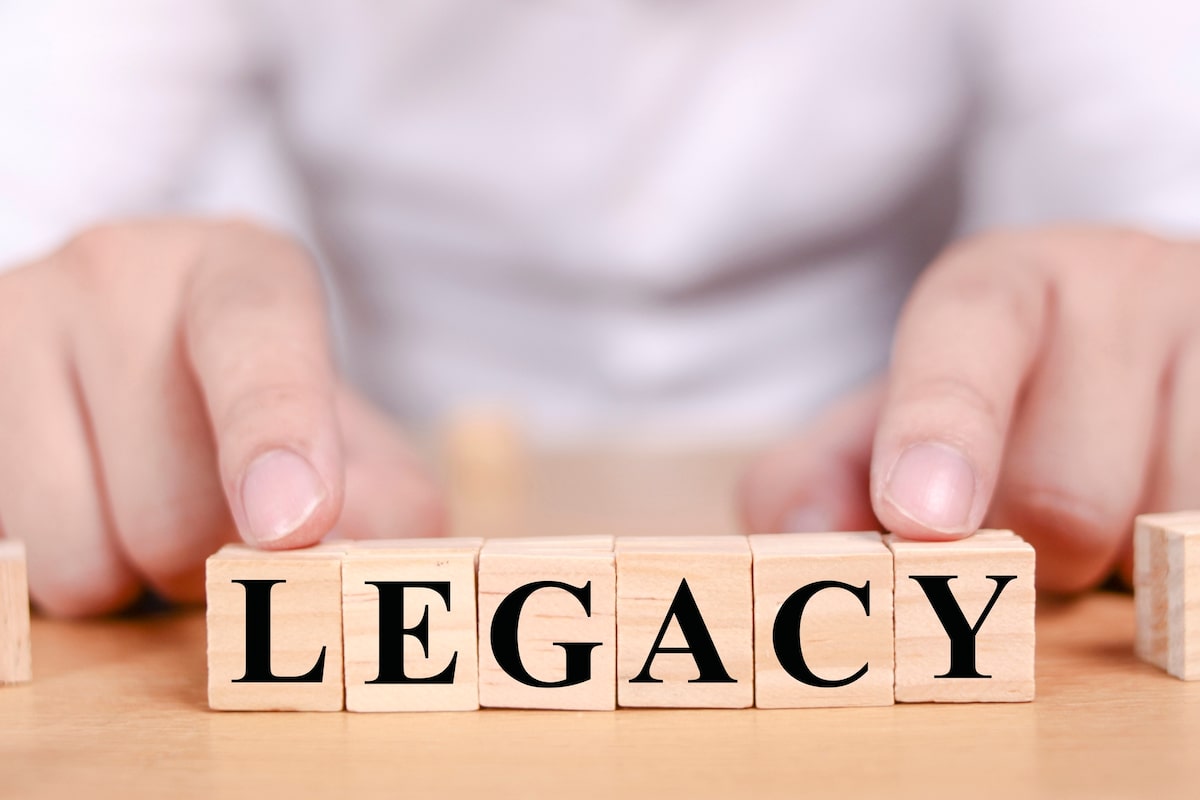Advisors should ask clients what problem they’re trying to solve with gifts.airdone/iStockPhoto / Getty Images
When preparing an estate plan, it helps to work in pencil. That’s because many clients may want to adjust their estate plans, dipping into their savings today to give some away while they’re still alive.
It’s a trend Christine Conway, certified financial planner and president of Braun Financial Services Ltd., in New Westminster, B.C., has seen firsthand. More clients are questioning whether their hard-earned dollars, formerly earmarked as inheritance, should go toward helping adult children in their 30s and 40s.
“We have more people bringing their retirement plans to us and say, ‘I have to edit it. What does it look like if I give my kids a 20-per-cent down payment?’ I’ve seen the impact of that. It’ll change the trajectory of their lives,” she says of the younger generation receiving that large monetary gift.
Recent research from Edward Jones Canada shows more clients are shifting away from traditional legacy planning. According to the survey results, half of Canadians say they would like to transfer part of their inheritance before they die, often to help loved ones with home ownership.
That may not be surprising, particularly as younger generations struggle to match their parents’ standard of living, says Julie Petrera, director of financial planning at Edward Jones Canada. Inheritances are becoming less about leaving a dollar amount than about finding a new way to leave a legacy with lasting impact.
“We know that financial planning gives people peace of mind. But it’s not just about, ‘Do I have enough money to gift or did I gift it equally?’ It’s about, ‘What problems am I solving for the people I’m sharing this with?’” she says. “That’s the shift.”
Although there are practical reasons to give money now rather than waiting until after death – avoiding probate for one – Gary Teelucksingh, co-founder of the Money Wise Institute in Toronto, says the impulse to give while alive often comes from a different place: the heart.
“It’s the joy – the absolute immeasurable joy people will get from giving and seeing the money being enjoyed,” he says.
That delight can be amplified by spending part of the gift on meaningful experiences meant for the whole family – something that resonates with Canadians aged 35 to 44, according to the Edward Jones survey.
Those experiences might include taking summer vacations together or planning big celebrations for anniversaries, graduations or birthdays. And as parents watch their grown children eschew scrimping and saving just to create a hefty bank balance, some are taking note.
“There’s the YOLO aspect to it,” says Ms. Petrera, referring to the “you only live once” ethos. “If that’s what people truly value, then that shifts into legacy planning. Especially the younger generations – they want to have experiences with their parents and grandparents while they’re alive.”
As an advisor, it’s important to figure out what clients truly want from their savings – whether it’s to pay for a mortgage, education or family trip – and then incorporate big spending into retirement and estate plans.
Ms. Petrera points out that no two families are alike, and their reasons for giving large sums of money are always different. Perhaps the father once found himself in deep debt and never wants his children to experience that stress. Or maybe grandma always wanted to go to university but couldn’t afford it, and wants to pay for her grandchildren’s education.
By understanding what’s truly driving decisions, there’s less likelihood of family discord when the money rolls out.
Mr. Teelucksingh says first-generation immigrants to Canada may have grown up believing in sacrifice and resilience, while their Canadian-born children may worry less about ever owning a home. Travelling is higher on their list.
Yet, if the parent pays for a down payment, it’s one way to negotiate a middle ground.
“It’s not about, ‘I’m right and you’re wrong,’” he says. “But rather, seeding your values to the next generation. It’s about, ‘How about we move on a path together?’ I think that gives both sides joy.”

